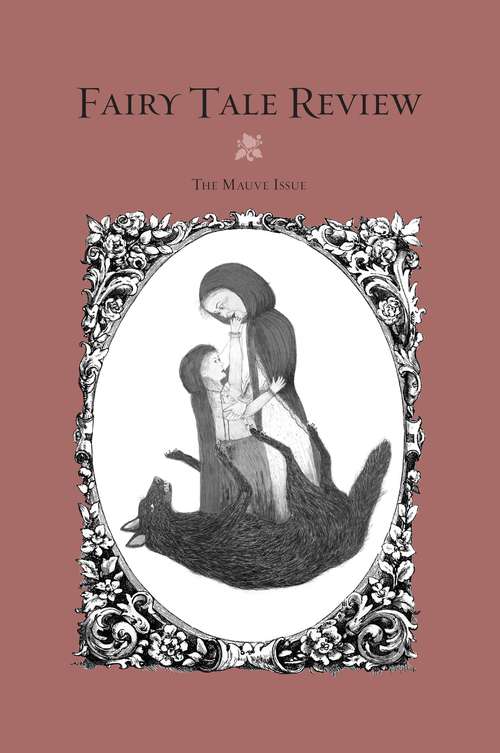
Fairy Tale Review: The Mauve Issue #11
Folklore, fables and fairy tales, Serious and literary fiction, Essays
Synthetic audio, Automated braille
Summary
Mauve is a new word with old roots. The color's earlier incarnations--Tyrian purple (given for the shade of Roman emperors' cloaks) and aniline purple--were abandoned when, to increase the popularity of Perkin's dye, its sellers named the color after a… French flower called the mallow. When we consult the dictionary, it tells us that the mallow is a herbaceous plant with hairy stems and pink or purple flowers. Its fruit comes shaped in wedges and so it is nicknamed the cheese plant. Mallows are grown as ornamentals, and mallows are grown as edibles. Some are for looking at, others are for eating. We want this issue to be both--a mallow, a marsh, a cake that defies old proverbs. Gaze at it. Eat it too. Consume, ravage, devour it. Why, go ahead and try it on, walk around in it as long as you like. Either way, we promise you'll look ravishing.